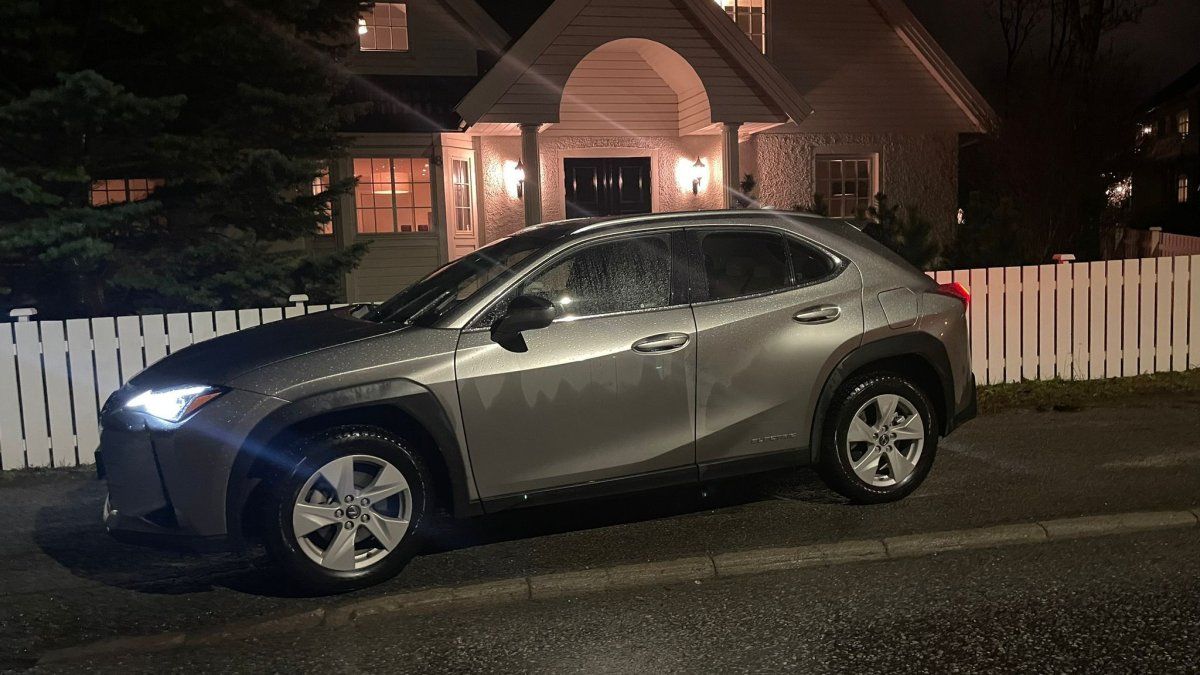In Baerum, a residential suburb of Oslo, There is an electric vehicle parked in almost half of the houses, proof that Norway is advancing its goal of being the first country to electrify its vehicle fleet.
Bård Gundersen, a resident of the municipality with one of the proportions of cars electrical higher (43%), he explains that he took the step in 2016 and is now on his second car with this type of engine.
It is one of the most ambitious goals in the world. The European Union, of which the Scandinavian country is not a part, will not ban the sale of new polluting vehicles until 2035.
Powered especially by Tesla, Completely electric vehicles represented 96.4% of registrations in September, against 17.3% in the European Union.
The figure represents a big jump since 2012, when its market share was only 2.8%, due in part to a proactive and somewhat fortuitous policy at the beginning.
In a country that has never had a national automaker, authorities exempted electric cars from taxes at the turn of the century in hopes of making room for a local brand.
The bet did not work: the Norwegian group Pivco (later converted to Think), for a time owned by the American giant Ford, went bankrupt in 2011.
But the tax exemptions remained and, although they were reduced in recent years, they allowed electric vehicles to compete with combustion vehicles, heavily taxed due to their level of pollution.
“We use the stick for fossil fuel cars and the carrot for electric cars,” summarizes Cecilie Knibe Kroglund, Secretary of State at the Ministry of Transport.
“Other countries may have to use other types of incentives depending on customs, their geography and the way public transport works. But as far as we are concerned, our stimuli worked very well,” he says.
In addition to this tax regime, Electric cars have benefited from other privileges such as free tolls and public parking.
The origin of these advantages is a civil disobedience campaign in the 1990s led by an environmental activist, Frederic Hauge, and the singer of the group A-ha, Morten Harket, performer of the famous song “Take on me.”
Aboard an electrified Fiat Panda, the two men, who wanted to promote this mode of transport, stubbornly refused to pay tolls and parking fees, accumulating a mountain of fines that they also refused to pay.
The authorities confiscated their car but, years later, they granted this free charge to electric vehicles, which were very unusual at the time. “I didn’t feel like I was taking on the role of a rebel, really,” Harket later explained to the BBC. “But it was simply necessary.”
Another significant measure came in 2005, when the government allowed these vehicles to use lanes reserved for public transportation. These incentives have faded over time, but electric cars have already become the norm in this country. In ten years its technology improved considerably, The offer has diversified and an enormous network of electric service stations has been created.
In September, the number of electric vehicles on Norwegian roads surpassed gasoline models for the first time and are already hot on the heels of diesel ones.
In Oslo, all taxis must be “zero emissions” from November 1. This change has an impact on the commercial policies of manufacturers. Volkswagen, for example, delivered its latest combustion car in July, a Golf model.
“Since January 1, we have eliminated all fossil combustion vehicles from our range,” explains Kim Clemetsen, head of marketing at a dealership that imports cars of this brand. “We only sell electric vehicles,” he adds.
Some brands such as Toyota are resisting and plan to keep thermal and hybrid models on offer during 2025. And the Minister of Finance, Trygve Slagsvold Vedum, a fervent defender of rural interests, caused controversy by stating that it would not be “at all a problem” if They were selling “some” combustion vehicles the next year.
But in any case, the Nordic country will be very close to reaching its goal of 100% “zero emissions.” And Norway “didn’t have any special options to achieve it,” notes the general secretary of the national electric vehicle association, Christina Bu.
“It is a large country with long distances and very low winter temperatures, which affects the autonomy of the cars,” he says. “Therefore, there are no reasons why we can arrive and other countries cannot,” he says.
Source: Ambito
David William is a talented author who has made a name for himself in the world of writing. He is a professional author who writes on a wide range of topics, from general interest to opinion news. David is currently working as a writer at 24 hours worlds where he brings his unique perspective and in-depth research to his articles, making them both informative and engaging.




